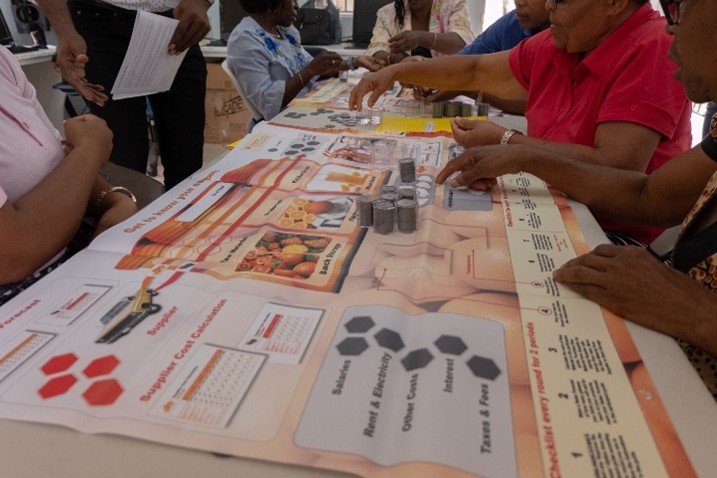Building block 1 – Using an existing initiative (the Olympic Forest) as a blueprint for National Olympic Commit-tees to initiate their own nature restoration projects.
The IOC’s Olympic Forest project – a reforestation initiative launched in Mali and Senegal – generated interest from National Olympic Committees, who expressed their wishes to take action against climate change and to implement similar projects in their own countries.
Following this interest, the IOC launched the Olympic Forest Network, where NOCs could build on the original Olympic Forest project by designing and implementing their own initiatives to restore existing forests, wildlife corridors, coastal watersheds, and ecosystems, as well as implement regenerative agriculture projects.
The Network builds on, and expands, the IOC’s Olympic Forest initiative, helping to profile Olympic Movement’s work that contributes to fighting climate change and conserving nature. It recognises local projects delivered by NOCs according to best practices and within the IOC’s framework. The IOC provides support to NOCs (guidance, technical advice for the application to the network, workshops, webinars and in some cases funding), receives their projects and assesses them using specific criteria. Thanks to its offices located worldwide, IUCN helps the IOC in providing technical feedback about the projects, carrying out field visits and reviewing the technical documentation provided by the NOCs.
The establishment of clear guidelines and criteria for this type of initiative is essential to avoid the multiplication of low-quality projects with low added value and benefits for nature conservation and local communities. Leading by example in this field helps to drive the Olympic Movement into proper planning and proper allocation.
